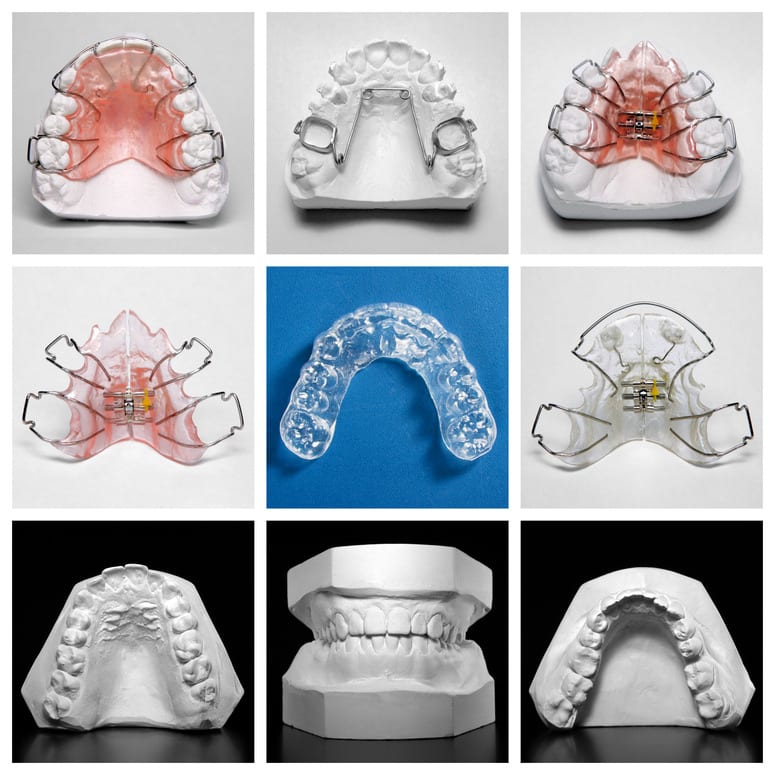Headgear Braces & More
You may have noticed that Dr. David McDonough specializes in “Orthodontics and Dentofacial Orthopedics.” While most people have heard of orthodontics, many are confused by the “dentofacial orthopedics” part of the title. We can explain!
Every orthodontist starts out in dental school. Upon completion of dental school, some graduates immediately go into practice as dentists. Others choose to pursue a dental specialty, which requires additional schooling during a two or three year residency program. There are nine specialties sanctioned by the American Dental Association. Some you are likely familiar with are Pediatric Dentistry (dentistry for children), Periodontics (dentistry focusing on the gums), and Oral Surgery.
One of the nine specialties is “Orthodontics and Dentofacial Orthopedics.” You probably know that an orthodontist straightens teeth, and indeed: “ortho” comes from the Greek for “straight” or “correct,” and “dontic” from the Greek for “teeth.” But what about dentofacial orthopedics? “Dentofacial” is “teeth” plus “face” while “ortho” again means “straight” and “pedic” is from the Greek for “child.”
Essentially, while orthodontics entails the management of tooth movement, dentofacial orthopedics involves the guidance of facial growth and development. Because Dr. McDonough is skilled in both areas, he is able to diagnose any misalignments in the teeth and jaw as well as the facial structure, and can devise a treatment plan that integrates both orthodontic and dentofacial orthopedic treatments.

